
by Matthew Wright | Dec 6, 2018 | History Article
At 5.35 pm on 8 December 1941 the battleship Prince of Wales and battlecruiser Repulse, with supporting destroyers, left Singapore to attack a Japanese seaborne invasion force that was landing in Malaya. By the early afternoon of 10 December, both ships had been sunk,...

by ChrisKnupp | Dec 2, 2018 | History Article
The warships of the Alaska class are perhaps one of the more confusing ships ever put to sea by the United States. Designed to prowl the oceans and hunt down enemy commerce raiders, they possessed high speed and considerable firepower. Vastly more powerfully than...

by Matthew Wright | Nov 25, 2018 | History Article
The loss of Prince of Wales and Repulse to Japanese air attack off the Malayan (Malaysian) coast, on 10 December 1941,[1] was a human tragedy, although the precise death toll has been variously given. The official figure is 840: however numbers given in various...

by ChrisKnupp | Nov 15, 2018 | History Article
From the time that USS Iowa was laid down in 1940 until today, the Iowa class battleships have been around for 78 years. During that time, the ships underwent many changes to help them adapt to the type of conflict they were engaged in. In this article, I gathered a...

by Matthew Wright | Nov 10, 2018 | History Article
As war clouds loomed over Europe in the late 1930s, Britain’s last generation of battleships were well in hand. By 1938 the five King George V class were under construction and the first two examples of their successors, the Lions, were due to be laid down in 1939.[1]...

by ChrisKnupp | Nov 10, 2018 | History Article
Following the Civil War, the United States Navy had languished as funding was diverted to efforts aimed at rebuilding a wounded nation. Only a small handful of ships were kept to serve as a coastal defense force. Elsewhere, nations had observed the power of Ironclads...
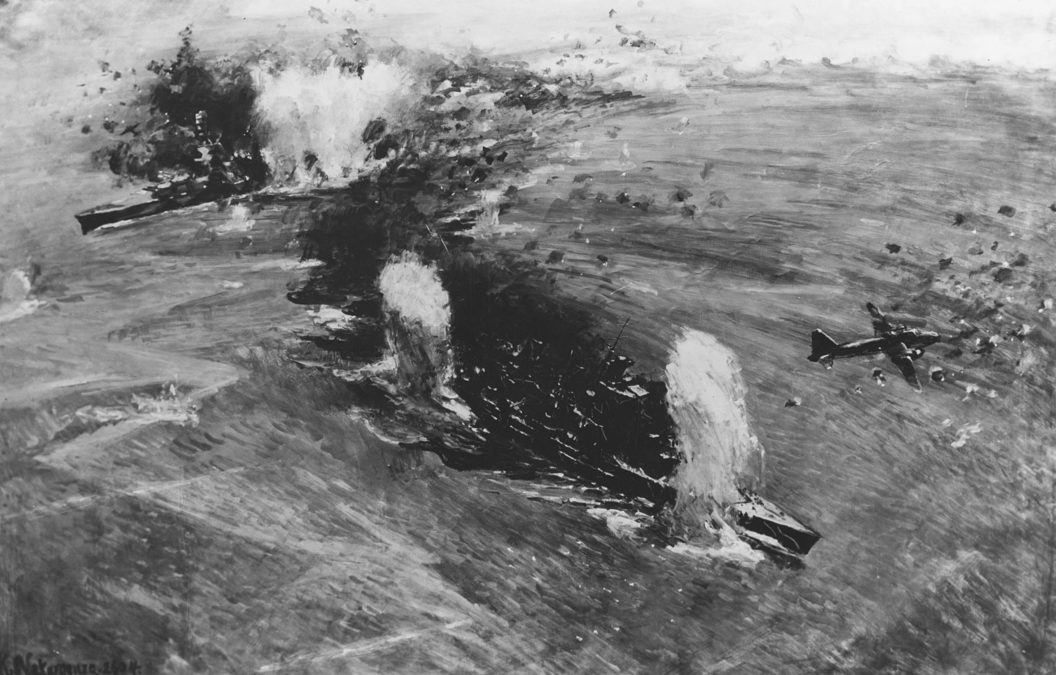

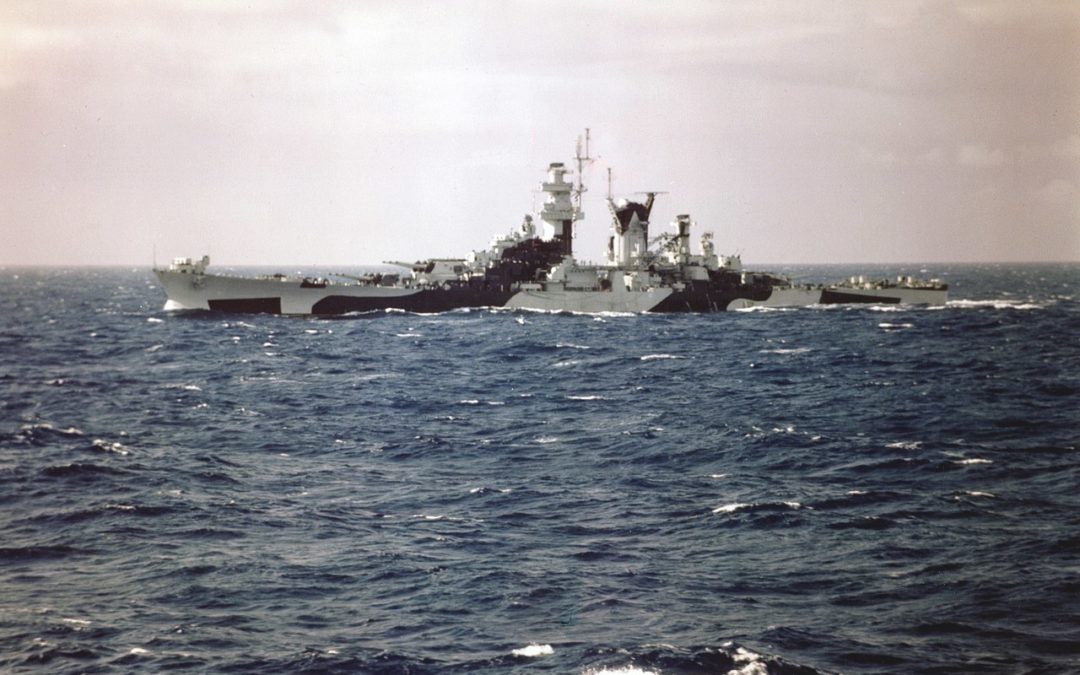
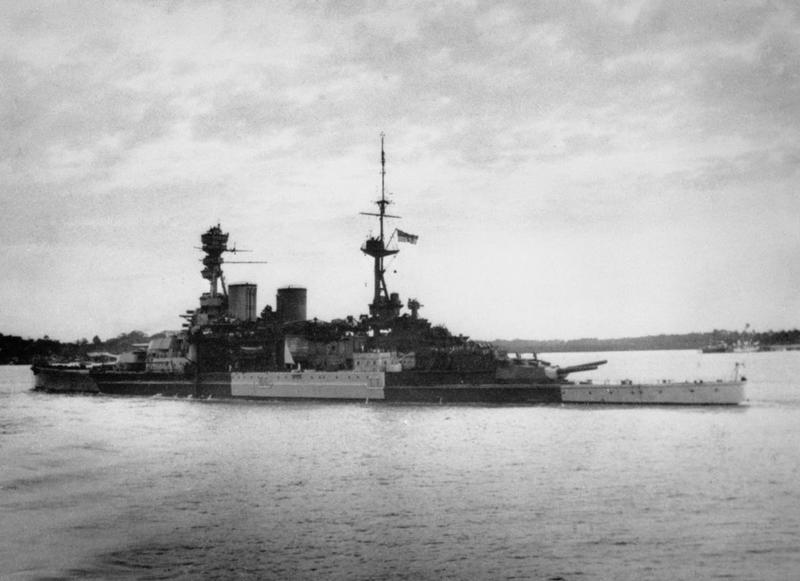
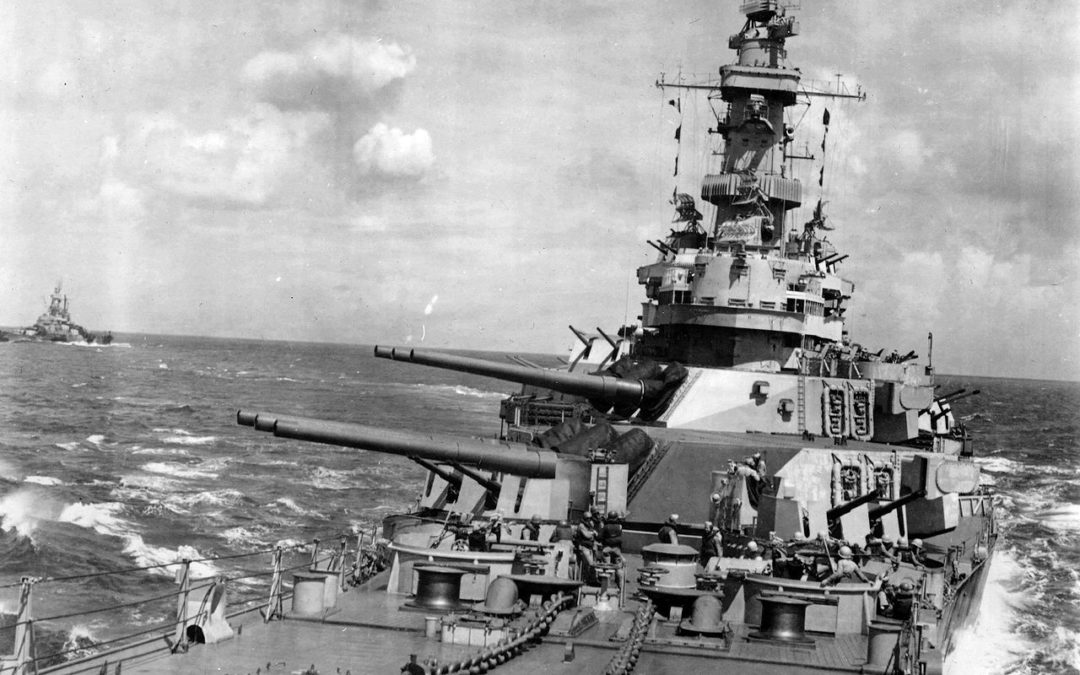
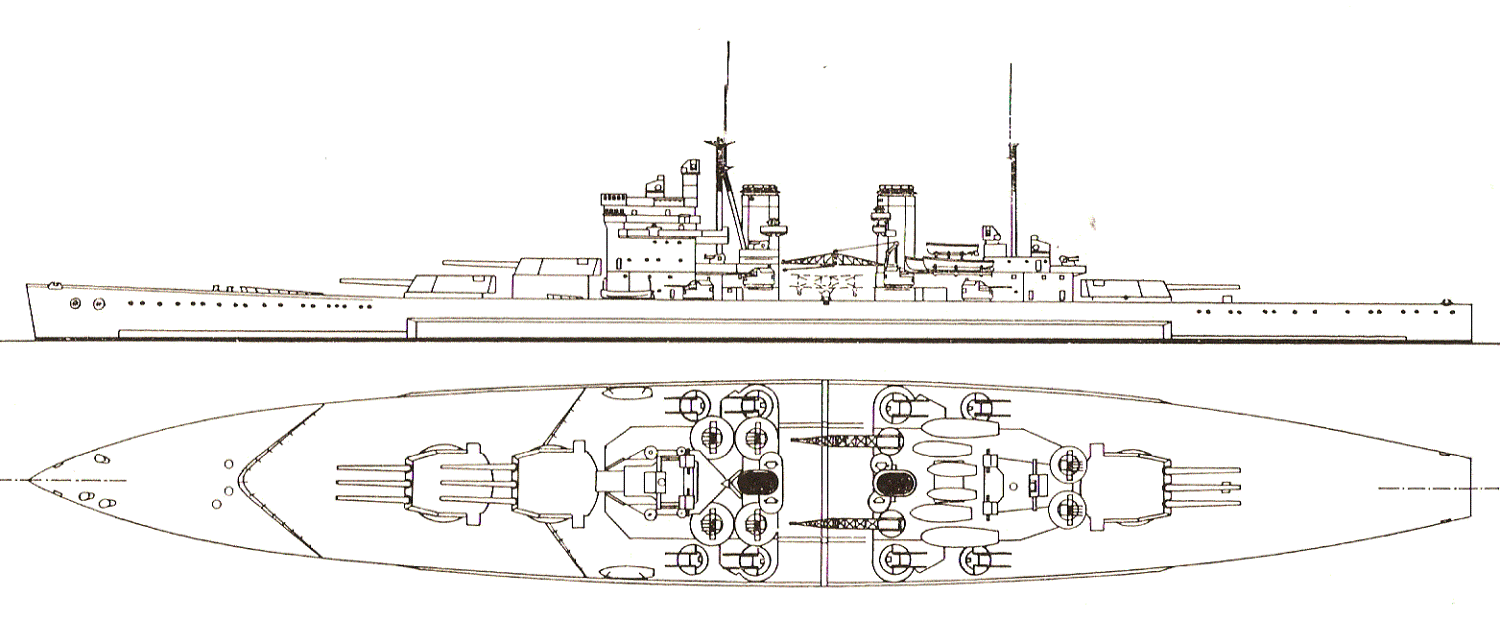
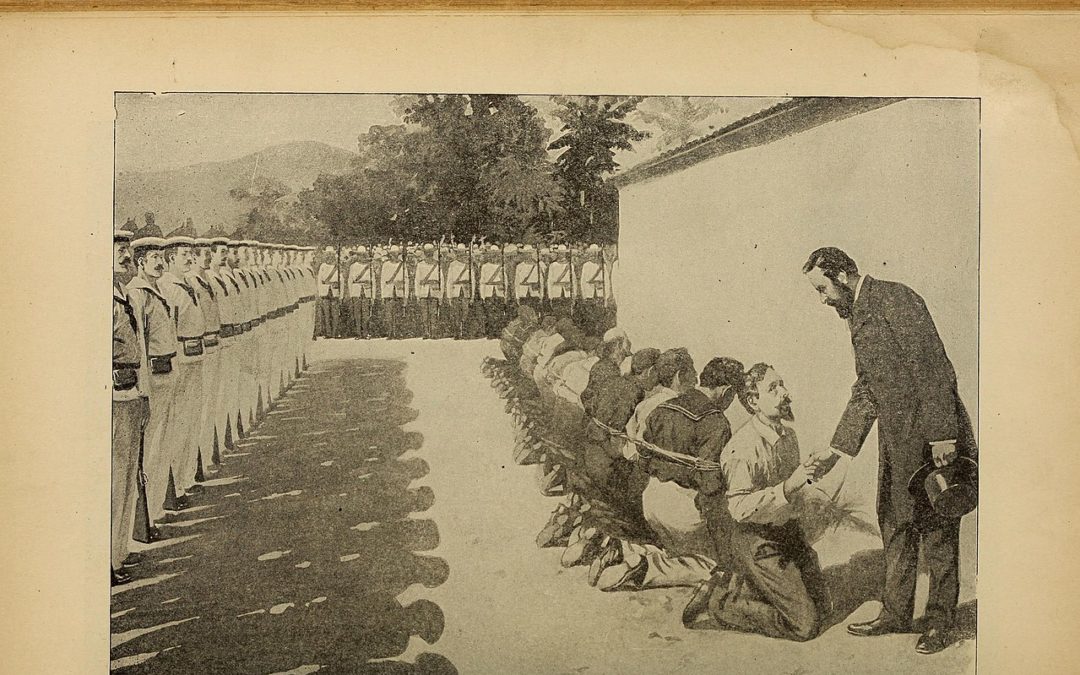


Recent Comments